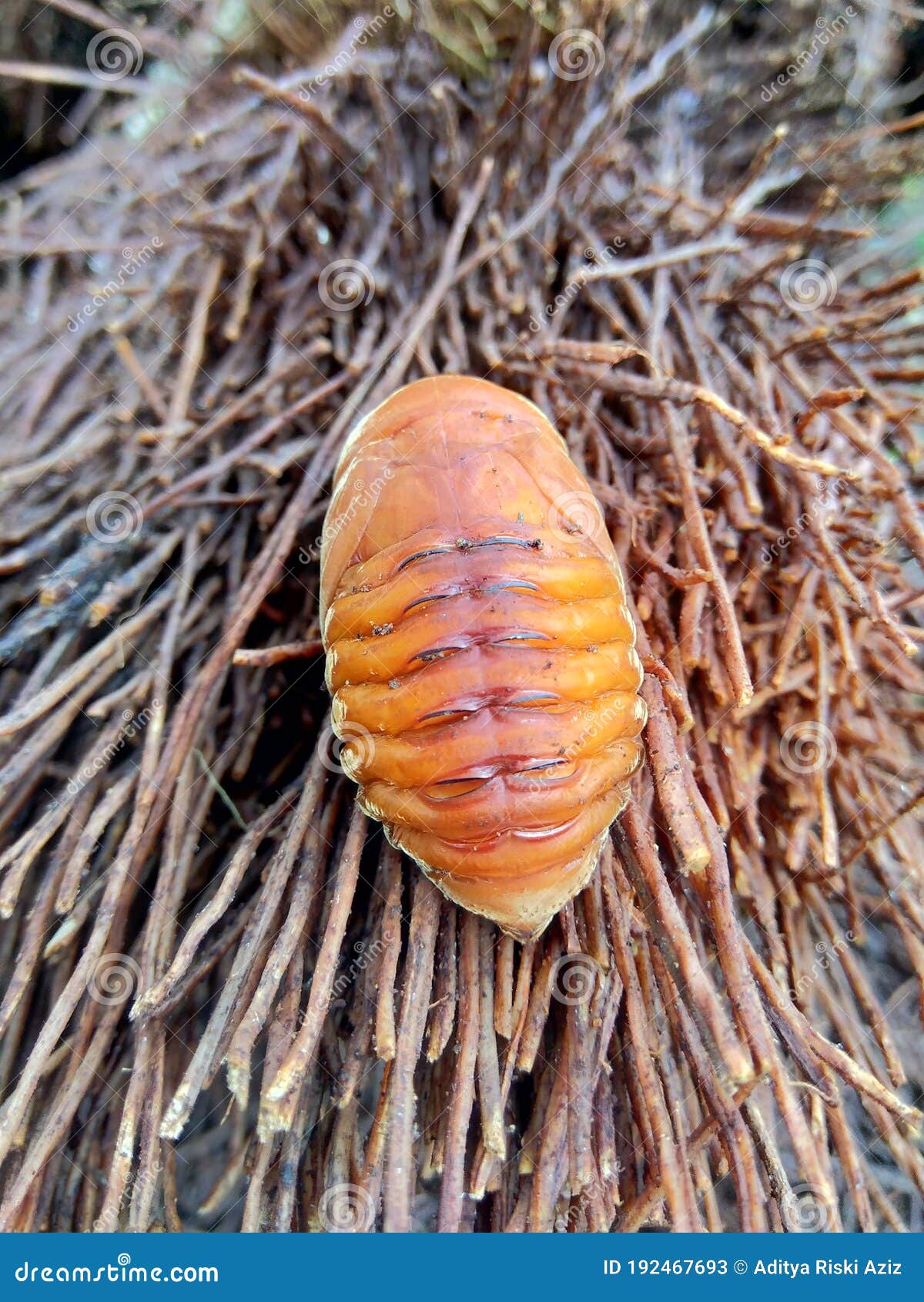

territories and the freely associated states. Department of the Interior’s Office of Insular Affairs (OIA) has announced $2,772,443 in Coral Reef and Natural Resources Initiative (CRNR) grant funds to protect coral reef resources in the U.S. To assist in development of new detection methods, acoustic characteristics of the adult and larval stridulations have been quantified and compared with stridulations produced by larvae of other dynastids recorded in the western Pacific region.The U.S. Larvae and pupae also produce stridulations. The stridulations have distinct, easily recognized temporal patterns. This species is an ideal candidate for acoustic detection because the adults are large, active borers that produce stridulations during courtship and mating. Visual inspection is nevertheless the most widely used detection method, augmented with pheromone traps. Adults are difficult to detect visually because they attack the crowns of the trees and feed internally before mating and dispersing to new hosts. Oryctes rhinoceros (L.) (Coleoptera: Scarabaeidae: Dynastinae) causes economically important damage to ornamental and commercial coconut palm trees in the western Pacific region that could be mitigated significantly by early detection and treatment. Rather, it compares nicely with estimates derived from other estimation methods, indicating a global arthropod species richness of 5–10 million species. The revised version of the estimate does not support hyperestimates of 30 100 million species. Further work on host specificity and the least known hyperdiverse groups are also needed. The largest problems refer to the between community correction factor and the proportion of canopy species to total species. There are still great uncertainties attended with such estimates.

A between community correction factor is applied to correct for differences in host specificity at different spatial scales. Effective specialization is applied as a measure of host specificity to correct for the fauna shared between plant species.

Plant species are separated into different growth forms, and host specificity measures are based only on phytophagous species. The structure in this modified version is somewhat changed compared to the original estimate in order to make each hierarchical step more easily testable. The growing number of studies including mass sampling of arthropods have provided several data sets suitable for obtaining an empirical basis of this estimate. The original estimate is based on the evaluation of host specificity of guilds in beetle samples, and subsequent hierarchical ratio extrapolations. The identifications presented in the paper were checked against existing taxonomic keys.Įrwin's much debated estimate of 30 million species of arthropods is revised. australis, from allied Coleoptera directly in the field is presented, together with drawings and photographs to illustrate distinctive features to assist in using the key. A simple key to distinguish 2 important pest species, O. (Coleoptera, Scarabaeidae, Melolonthinae), Cetoniinae (Coleoptera, Scarabaeidae) and Lucanidae (Coleoptera Scarabaeoidea). Specimens of the following species were examined: Xylotrupes gideon (L.), Trichogomphus vicinus Dechambre, Oryctoderus latitarsis Boisduval, Oryctes centaurus Sternberg, Oryctes rhinoceros (L.), Scapanes australis Boisduval (Coleoptera, Scarabaeidae, Dynastinae), Dermolepida sp. The available keys are complex and do not take into account simple observable characters that can be used in the field with live specimens. Conclusive identification of these larvae is important before deciding whether it is possible to use biological control measures against them. In Papua New Guinea, Coleoptera associated with coconuts share or have similar larval breeding sites, which has led to some confusion with their identity.


 0 kommentar(er)
0 kommentar(er)
